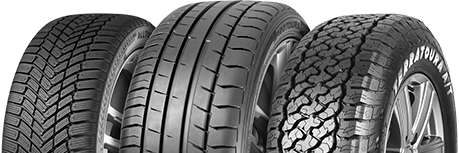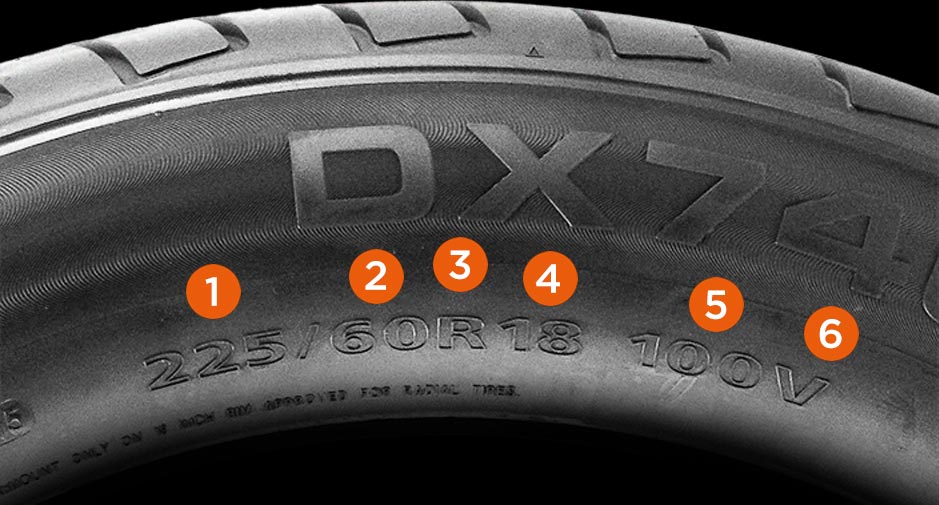Tested Beyond
The Limits
Here at Davanti Tyres, we combine expert engineering, advanced manufacturing processes, extensive testing and progressive development. We put tyres through rigorous testing regimes to ensure they deliver safe and predictable handling and a comfortable drive. Our tyres allow the driver to get the most out of their vehicle’s performance capabilities, delivering excellent value for money.
Peter Cross
Davanti Tyres General Manager
40+ Testing Disciplines
All Davanti tyres are put through a rigorous testing and development regime. Learn more about our testing disciplines below, or select a tyre to see which tests it has been subjected to.

Dry Braking

Wet Braking

Dry Handling

Wet Handling

Longitudinal Aquaplaning

Dry Stability

Dry Steering

Wet Circle

Ice Stability

Ice Steering

Ice Braking

Ice Acceleration

Ice Handling

Snow Stability

Snow Steering

Snow Braking

Snow Acceleration

Snow Handling

Sand Traction

Off-Road Stability

Off-Road Steering

Gravel Braking

Grass Traction

Off-Road Handling

Mileage
5 Innovative Testing Locations
Spain
Applus+ IDIADA
Applus+ IDIADA offers design, testing, engineering, and homologation services to the automotive industry worldwide.
An international team of more than 2,450 engineers and technical experts ensure that all testing at its sites are completed and recorded to a high standard.
Davanti uses its first-class facilities at Tarragona near Barcelona – the most comprehensive summer tyre proving ground in Europe – to test tyres and tyre concepts.

Finland
UTAC, Finland
Based in Lapland, within the Arctic Circle, Utac is the leading global centre for preparing snow and ice tracks for repeatable testing for tyre development and approval tests.
Its Airport proving ground in Ivalo is a large area providing a variety of different challenges to measure tyre performance.
The layout of the facility can be altered to cater for a range of challenging handling tracks, testing anything from the smallest of passenger car tyres to the largest on-highway vehicles.

United Kingdom
HORIBA MIRA
The test selection is wide, including all the essential summer and winter tyre tests that Davanti employ.
They test vehicles on purpose-built snow tracks offering a long operational season, wide run-off for safety, and unbeatable surface quality.
Customers benefit from the availability of service buildings nearby, from a wide range of accommodation and hospitality options, and from UTAC’s legendary customer service.

United Kingdom
UTAC, UK
UTAC, UK provides vehicle and tyre test services to the automotive, transport, petrochemical and defence industries. It is independent and impartial in everything it does and has a range of test facilities for full vehicles, tyres and components.
The UTAC UK proving ground was purpose-built as a test facility for passenger cars and heavy-duty vehicles.
The on-road tracks include the famous Millbrook Hill Route, which simulates challenging European roads, the High Speed Circuit and numerous special surfaces ideal for testing the limits of off-road and all-terrain tyres.

Portugal
Autódromo
In addition to a race track available 24/7, Autódromo Internacional do Algarve (AIA) provides a full-service test platform covering every aspect of car and bike testing. AIA was designed to push every type of tyre to the limit.
A modern rain simulation system has been incorporated into the circuit for testing all aspects of performance and tyre usage, setting the track apart from other circuits.
Portimão Circuit is one of the few circuits within Europe to have this advanced system, which operates by means of an asphalt watering system controlled automatically by a modern software system that allows varying amounts of water to be injected onto the track.







